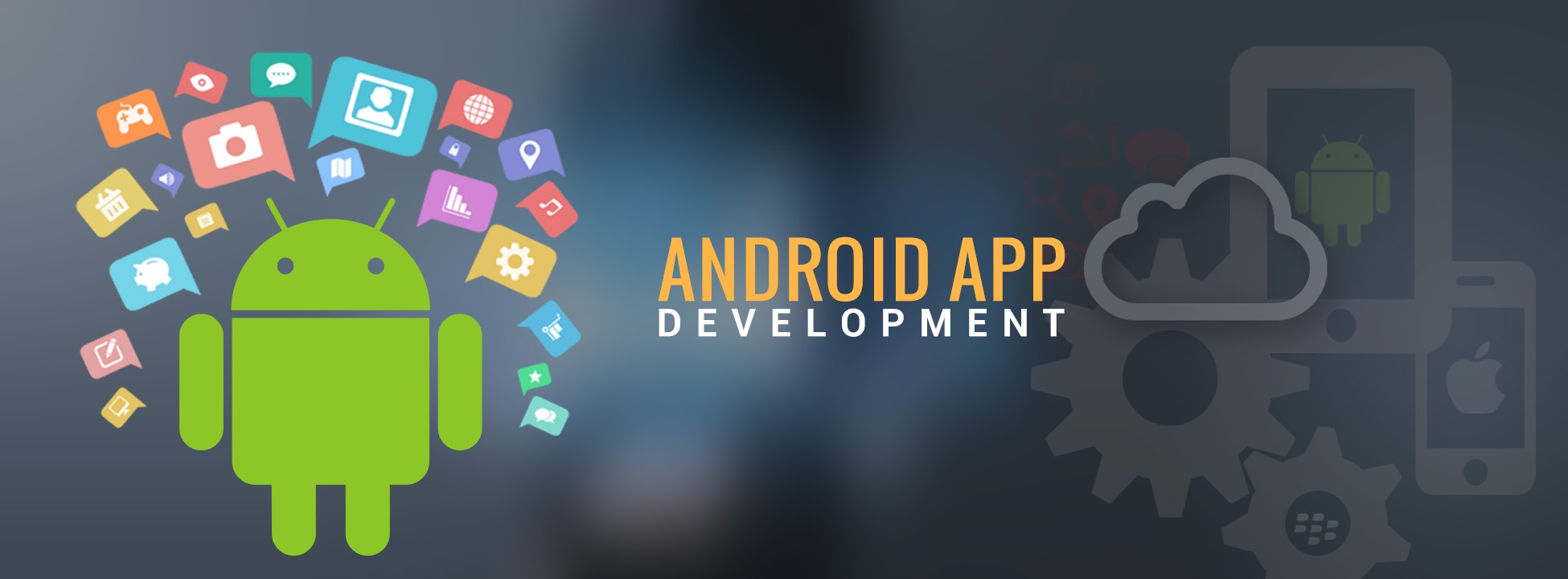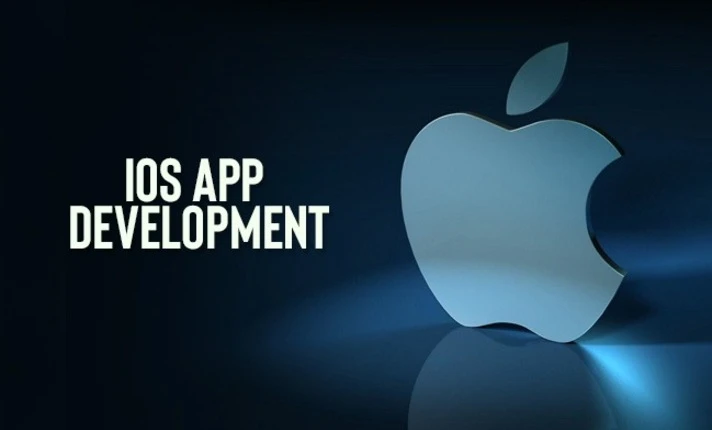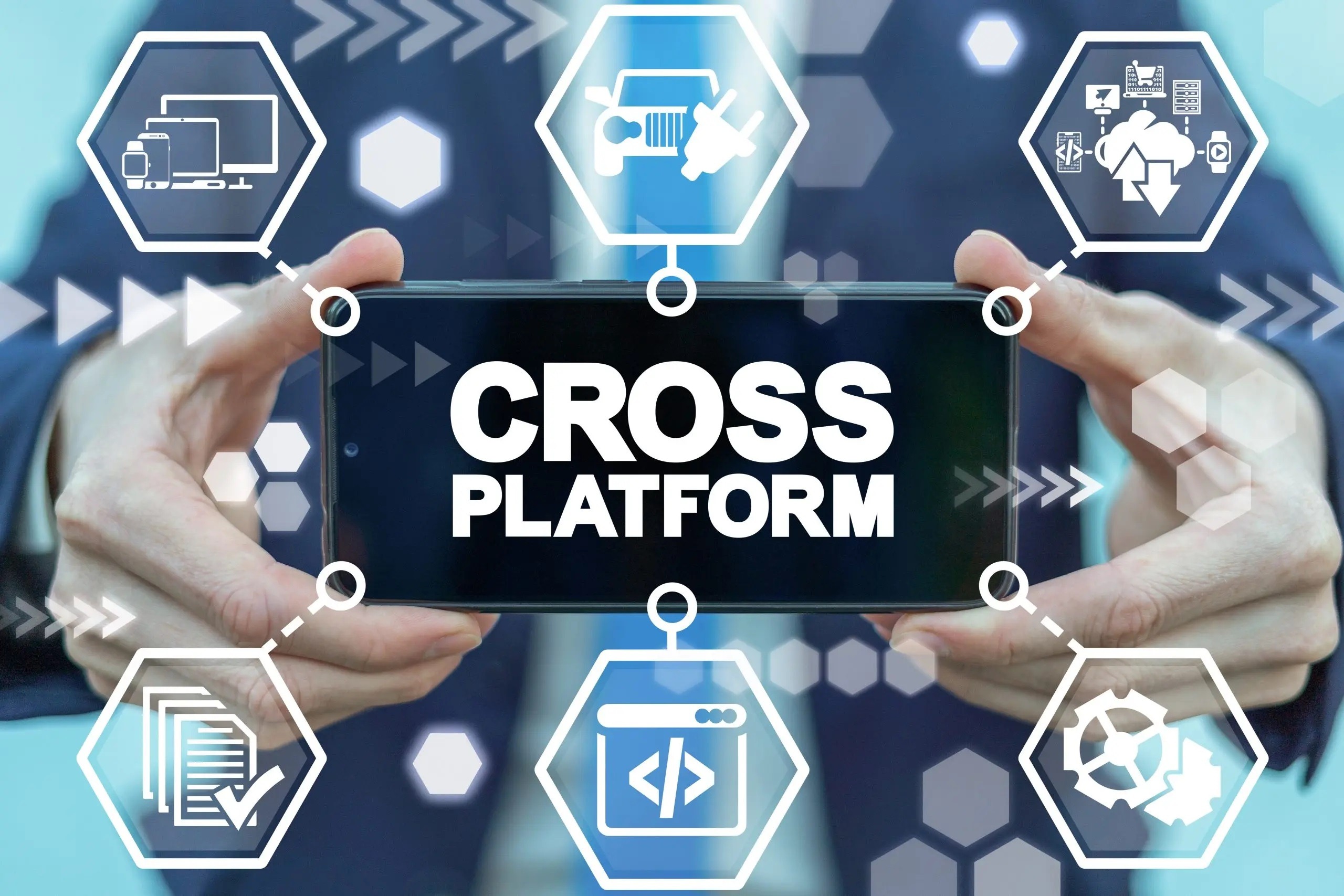Mobile Application Development:
We will explore the dynamic world of app creation across numerous platforms, including Android, iOS, and cross-platform frameworks like React Native and Flutter. Welcome to our in-depth course on mobile application development. In order to produce creative and captivating applications for today’s mobile devices, participants will delve into the nuances of mobile app development with an array of programming languages and tools.
Android App Development

The official programming languages for Android development, Java and Kotlin, will be learned by participants in this course as they start their journey towards becoming proficient Android app developers. Through the use of XML layouts for user interface construction and Java and Kotlin for functionality implementation, participants will gain the ability to design, develop, and release feature-rich Android applications that make the most of the Android platform.
iOS App Development

The next step will involve using Swift and Objective-C, Apple’s native programming languages for iOS development, to create iOS apps. Participants will learn about the iOS SDK (Software Development Kit), how to design user interfaces using Interface Builder, and write Swift and Objective-C code through practical projects and exercises. The goal is to create intuitive and fluid iOS applications that work with the iPhone, iPad, and other Apple devices.
Cross Platforms

Participants will learn how to use the JavaScript-based framework of React Native and the Dart programming language of Flutter to create cross-platform apps with native-like performance and user experience, enabling them to reach a wider audience with their mobile applications. In addition to learning about native app development, participants will discover the versatility of cross-platform frameworks like React Native and Flutter, which allow developers to build mobile apps using a single codebase that runs on multiple platforms.
Participants will have the chance to work on real-world projects and assignments that mimic typical problems and circumstances in mobile app development throughout the course. Instructors with extensive experience who are committed to assisting participants in gaining confidence and practical abilities in mobile app development across many platforms will provide them with tailored assistance and comments.
Our Mobile Application Development course gives you the knowledge, skills, and tools you need to succeed in creating creative and user-friendly mobile applications for Android, iOS, and other platforms. This is ideal for beginners looking to get their start in the field or seasoned developers looking to broaden their skill set. Come explore with us how mobile app development can be used to give people all across the world memorable and engaging experiences.
